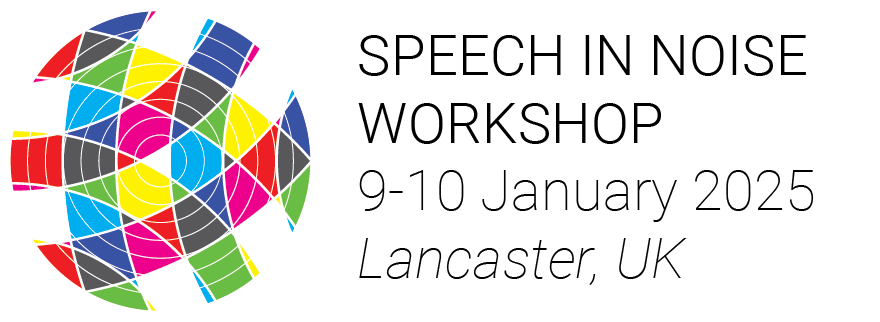P46Session 2 (Friday 10 January 2025, 09:30-11:30)The strength of association between cognitive capacity and effective speech recognition in noise is moderated by noise and task conditions
Background: Previous research indicates that cognition is an important predictor of speech recognition in noise in individuals with hearing loss. However, informational maskers, e.g., background babble, seem to tax cognitive resources to a greater extent than energetic maskers, i.e., non-speech noise, and relaxed expectations on task performance are associated with reduced cognitive dependency. In the present study, we investigated whether the prediction of cognitive capacity on speech recognition in noise is moderated by the interacting effect between type of background noise and task demands, in adult hearing aid users.
Rationale: We assume that effective speech recognition in noise is dependent on cognitive resources and propose that this is especially true when the tolerance for inaccurate task performance is low, and the speech signal is presented together with an informational masker. Thus, we hypothesized that the strength of the prediction of cognitive capacity on speech recognition in noise performance increases with the combined effect of informational background noise and high expectations on accurate task performance.
Methods: For this study, data from 215 adult hearing aid users (mean age = 60.8 years, SD = 8.8; mean PTA4 = 37.6, SD = 11.1) from the N200 database were used. To assess speech recognition in noise performance, the Hagerman task was used. Speech reception thresholds were estimated for 50 and 80 percent accuracy in two noise conditions: 4-talker babble and speech-shaped noise. To measure general cognitive capacity, the Raven’s matrices test was used. Main and interacting effects of noise type (speech-shaped noise vs. 4-talker babble), task demand (50 vs. 80 percent accuracy), and general cognitive capacity (Raven’s matrices) on signal-to-noise (SNR) ratio from the Hagerman task were tested in a linear mixed effects model. Age and PTA4 were included as covariates of no interest.
Results: As predicted, the strength of association between cognitive capacity and speech recognition in noise performance increased with the interacting effects between noise type and task demands. Greater cognitive capacity was associated with lower SNR’s in all conditions, and this association was amplified in the 4-talker babble condition when task demand was high (80 % accuracy).
Conclusions: Effective speech recognition in noise is dependent on cognitive capacity, and the more difficult the listening situation becomes, the greater the dependency. Future research should identify factors that increase the cognitive burden of speech recognition in noise, and target how these can be modified to ease processing.

